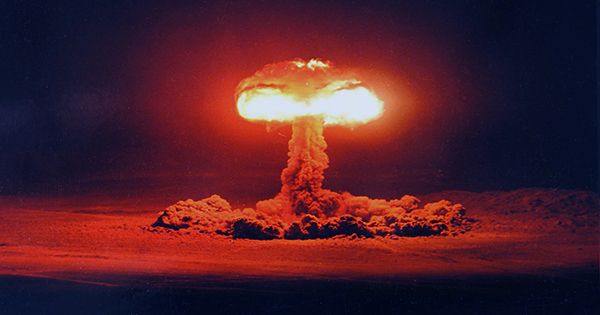Japan’s Kesennuma contains huge slabs of stone built many centuries ago that warned of environmental disasters. “The high abode is the peace and harmony of our descendants,” one wrote, “Remember the catastrophe of the tsunami. Don’t build a house below this point.”
A few tsunami rocks lay there more than 600 years ago, warning anyone not to come by and build houses. Others installed more recently, such as the one mentioned above in 1933. Built after several major tsunamis over the centuries, these tablets use a variety of methods to convey their message. Some list death tolls, others just tell everyone who sees everything and sees the rise after the earthquake.
By design, they endured throughout the centuries.
“Tsunami rocks are a warning to generations and telling descendants to avoid the same misery of their ancestors,” Itoko Kitahara, a natural disaster history expert, told the New York Times.

The rocks were often compacted and saved many lives from subsequent tsunamis. However, they highlight an interesting problem that we have yet to address: How will you bring danger to your descendants in the future for hundreds or thousands of years?
It not just speculation, humanity has to accept something. Nuclear waste can last from one thousand to 10,000 years, which means that any warnings we put near waste storage must be long lasting enough for our distant ancestors to understand.
It is not enough to place it on just one large structure – since the pyramids and every other large structure that humanity has spread over many years will prove to be appropriate. This message must transcend cultural and linguistic barriers that may reached in the present, when some people of the future will stumble across nuclear waste in 7,000 AD.
In the early 1980s, the Human Interference Task Force tried to come up with a solution, ready to store nuclear waste that proposed to build near Las Vegas. They decided that any message left as a warning to future humans needed to convey in three ways: it was even a message, the hazardous substance was stored in that place and then the hard part – information about the type of hazardous substance was stored.
Myths and fairy tales (why not) then transmitted through poetry, painting and music, so hopefully a few years ago now when an enlightened cat came, they knew they were running like hell. Which, fairly, you probably have to do today. Others later suggested using landscapes to prevent people from accessing the sites, scenes that are “natural, sinister and disgusting” and bring danger to anyone who sees it. As they approached, the architects who had proposed there would carve human faces in horror.
Ensuring that people can only access sites using high technology involves less bizarre ideas, which reduces the risk to people, determining that anyone who is able to access them also has the necessary tools for radioactive detection. In recent times, solutions have gone astray in other ways, seeking to integrate future societies with benefits in order to preserve knowledge.
“You don’t have to try to intimidate people and show them a symbol of danger,” James Pearson, who spearheaded the Generation Records, Knowledge and Memory Action Generation initiative, told the BBC. Therefore, they can then make an informed decision for themselves. “















